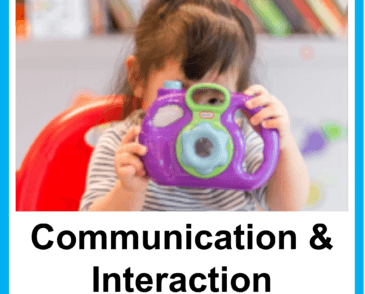

Last Updated - February 5, 2025
Visual Communication support – Early Years – Communication and Interaction
Visual communication support by using photos of the child, their family and favourite toys and activities; Boardmaker and Widgit pictures, Makaton symbols, drawings. Use your phone, iPad or other technology to store and share photos with the child to support your words.
Widgit Online – It is well worth getting an annual single users’ licence to create, store and share a range of picture prompts to use with children and key adults Widgit Online
For some children, you may want to support their understanding of simple-single step instructions and build vocabulary of single words, by using objects of reference alongside verbal language, to give the child a visual cue of what is being said to them. Objects of Reference – Family Hub (torbayfamilyhub.org.uk)
Use objects cues to support children’s transitions from one activity to another by having a ‘transitions box or bag’ with the same chosen objects for all adults to use to cue the child into the next activity. Use the SAME words and objects each time.
Use pictures/photos to support children’s routines, transitions and choices of play. Use the SAME pictures and words in each situation every time, for consistency and to reduce anxiety and confusion for the child.
Support children’s understanding of two-step instructions by using visual communication support. Use a picture sequence strip for ‘now and next’ accompanied by the SAME words each time. First and Then Explained First & Then explained.pdf (eani.org.uk)
Practise understanding key words in a phrase through play using real objects and toys with your child. Ensure a choice for each key word so that the child can demonstrate that they have listened and remembered what you have said. E.g. 2 key words – playing with a garage, road and vehicles ‘Put the car in the garage’ (car + bus and garage + road)
Support the child’s understanding of everyday routines and social situations use simple Social Stories. A Social Story is written in a very specific way that is descriptive and has a coaching element included. www.autism.org.uk
Social Stories – Create simple personalised social stories to teach those tricky social situations that the child is showing some challenges with overcoming. With practice and repetition sharing a Social Story will help the child overcome the challenge. Social Stories – Family Hub (torbayfamilyhub.org.uk)
View and/or download the Torbay Early Years Toolkit here: Torbay Early Years Graduated Approach Toolkit – Family Hub
